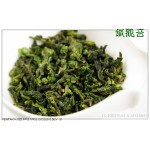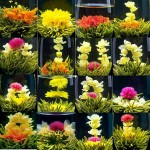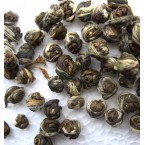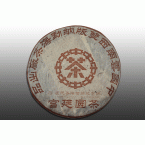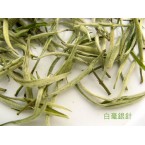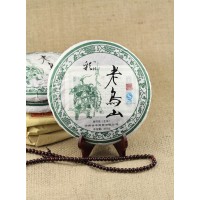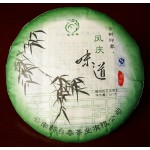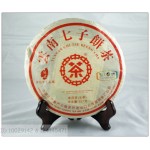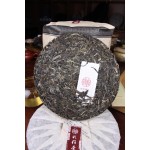Shopping Cart
0 item(s) - $0.00We support paypal
Go to my Ebay Shop

2011 Spring "Lao Wu Shan" Gushu Pu Erh Tea Cake, Yunnan Old pu er cha bing, 357g
Availability: 10000
Ex Tax: $35.00
Add to Compare
Name: 2011 Spring "Lao Wu Shan" Uncooked Pu-erh Tea Cake / Pu'er Beeng tea
Origin : Lao Wu Shan is in very remote area of “Xiao Jin Gu” of Si Mao region, old plantation of tea trees from 200 to 600 years.
Grade : good It means that, though not the top (best). But it is also of high quality and high-grade.
State : Raw, Uncooked
Year: 2011 produced
Ingredients: 100% Organic Puer tea leaves
Manufacturer: Yunnan Chengcai Tea Factory
Net Weight: 357 grams (12.5 ounces)
Taste : This Pu erh Tea liquid is a bright orange colour with a pure fragrance and a strong and mellow flavour. An after-taste later developed.
Storage : Keep this Pu erh Tea in an airtight container and store in a cool, dry place avoiding direct sunlight. (The longer it stores the mellower and more valuable it becomes).
Brewing Guide: Take 2-3g from Puerh Cakes and put into Tea Pot. Brew with boiling water about one minute and drain the water (washing the tea). Then, fill with boiling water (over 90 Celsius) again to brew the tea. Pour into Tea Cups after one minute.
Uncooked pu-erh is the original form of pu-erh teas. Following traditional method, new uncooked pu-erh teas are little or no fermented. The taste of those new teas, especially those made of wild arbor-type tea trees, has a strong astringency. People gradually found that by storing them in a dry condition for several more years, the teas become more mellow and lingering in the taste. In fact, the longer you store those uncooked pu-erhs, the better and more mellow the taste. Again, this especially applies to those made of wild arbor-type tea trees.
It looks like "earth" and has a very soothing and unique liquorish taste. Like wine the older the better. Like wine an old pu'erh is for special occasions.
The peoples of the Yunnan-Tibet border have drunk Pu-erh since the Tang dynasty, according to a Song dynasty scientific reference. The troops of Kublai Khan, "pacifying" the southwest after the thirteenth century Mongol conquest, are said to have introduced Pu-erh to the rest of China for its medicinal value.
Tea from these high mountains has traditionally been carried in shoulder baskets through primeval forests for processing and sale in the tea market at the county town of Pu'er. Located in central south Yunnan, Pu'er County itself does not grow tea, but the name it has given to this variety has become internationally known.
Pu-erh is viewed as a mild tea, suitable for young and old, weak and strong. Yunnan Tuo Cha, a form of Pu-erh, received the Ninth International Food Award at a conference in Barcelona, Spain, in 1986.
Pu-erh is very special because of a unique combination of factors. It is an unusual large-leafed variety, it enjoys special growing conditions with the combination of climate and soil in the Yunnan mountains, and it is semi-fermented.
The flavour has been described as both earthy and mellow. For some, the distinctive flavour can be somewhat of an acquired taste. For others, however, this flavor will add to the wonderful experience of drinking Pu-erh, and the flavour will seem fitting in a tea prized for its medicinal properties. Some people recommend first getting used to Nuoshan Pu'er, which has less of this distinctive taste. Or Pu-erh may be mixed with a little Yinzhen to cut the "earthy" flavor and create a more subtle taste. Pu-erh is known for maintaining flavor through multiple infusions.
Pu-erh tea is sold loose, or in pressed form named for the shape in which a block is molded. These include: Tuocha, Bingcha, Tuancha, Fangcha.
Write a review
Your Name:Your Review: Note: HTML is not translated!
Rating: Bad Good
Enter the code in the box below:
China.Tea.Herbal © 2024


